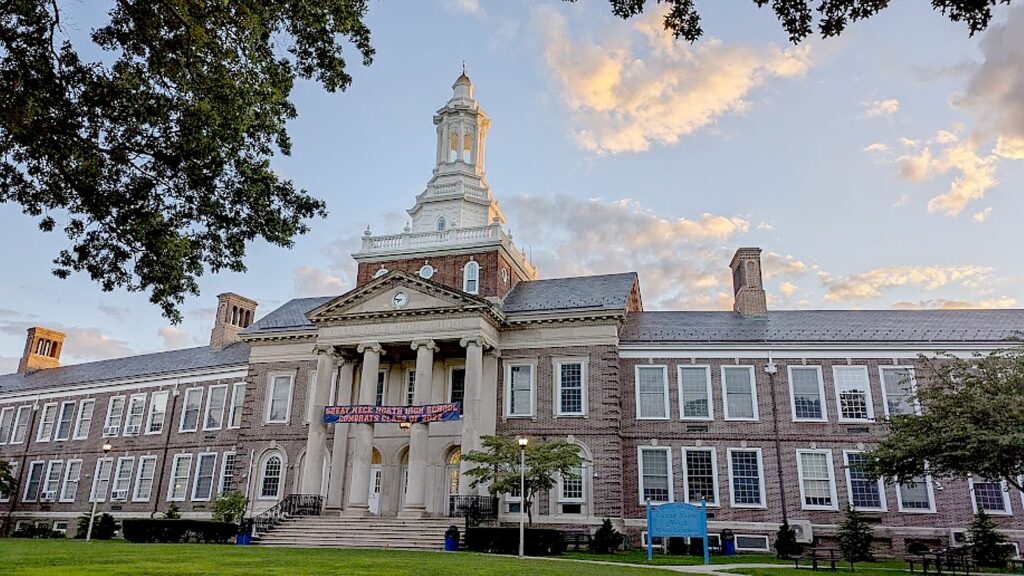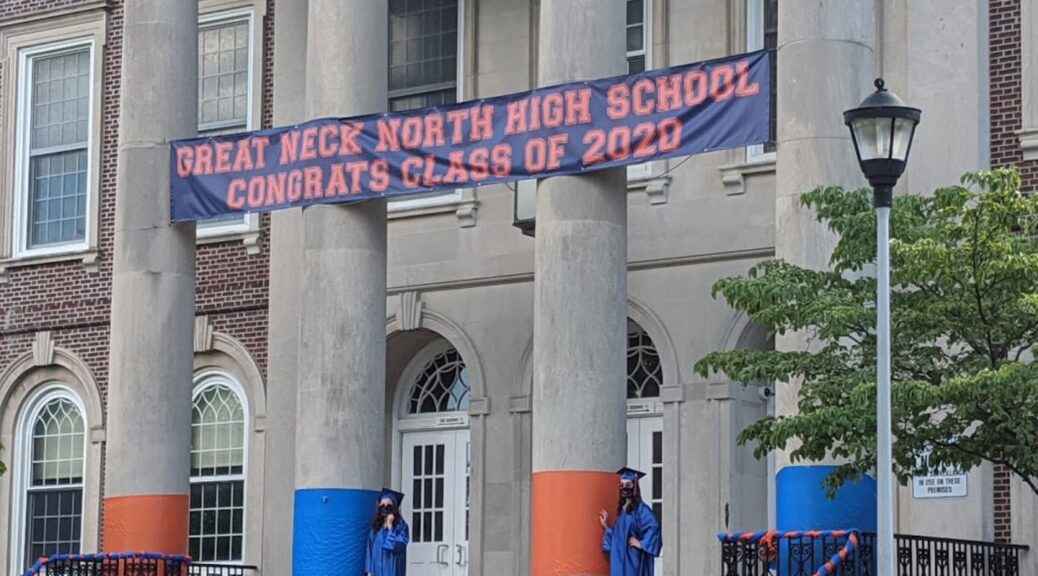
The White House provided this fact sheet of what the Biden administration is doing to prevent COVID-19 spread and keep schools safe and open all year long:
When President Biden took office, less than half of K-12 schools were open for in-person learning. The President made getting schools safely reopened and our children back in the classroom a top priority. Over the past 18 months, driven by the President’s American Rescue Plan and a comprehensive COVID-19 response, the Biden-Harris Administration has provided schools with unprecedented resources to reopen safely, while keeping students and workers safe. As a result, all schools were open this past school year. Now, as students, educators, and school staff get ready for another school year, every school in America has the tools it needs to minimize the spread of COVID-19 and its impact, to open safely, to stay open all year long, and to ensure that students are back in the classroom full-time.
Because of the investments the Administration has made — including $122 billion in American Rescue Plan funding to keep schools open safely, combat learning loss, and address student mental health — and because of the tools we now have in place, we can prevent school closures, even as COVID-19 cases in a community fluctuate.
Today, as we start another school year, the Administration is laying out key supports and guidance for protecting students, teachers, and school communities this upcoming school year, and managing and mitigating the risks of COVID-19 spread. This includes making an abundance of federal resources available to schools to implement these strategies.
These resources and guidance include:
Using COVID-19 vaccines and boosters as the first line of defense to protect in-person learning. Every American age 6 months and over is eligible to get vaccinated, and everyone age 5 and over is eligible for a booster shot after completing their primary series. Getting vaccinated and staying up to date with COVID-19 vaccinations are the most important ways that we can minimize the most serious impacts that COVID-19 can have on our children, their teachers, and their school communities. Schools, early care and education programs, and health departments can promote vaccination in many ways:
- Getting school staff boosted against COVID-19: The Administration will work with the American Federation of Teachers (AFT) and the National Education Association (NEA) – which collectively represent more than 5 million teachers and school staff – to encourage members to get a COVID-19 booster as they return to school and during the fall. The Administration will provide materials that the organizations can use, such as the Centers for Disease Control and Prevention (CDC) Stay Up to Date with Your COVID-19 Vaccines page and Booster tool, as well as information about where and how they can get a COVID-19 booster in their communities using Vaccines.gov. AFT and NEA will highlight the opportunity to get a second booster for their members age 50 and over who have not gotten a booster shot this calendar year, with an additional focus on communicating with their retirees.
- Hosting school-located vaccine clinics nationwide: The Administration is once again calling on all school districts to host at least one school-located vaccine clinic at the start of the school year, and it is providing resources to help schools do so. The CDC has made information and recommendations for hosting clinics available in its guide for planning school vaccination clinics, and American Rescue Plan and Federal Emergency Management Agency (FEMA) funds are available to help cover the costs of hosting a vaccine clinic. Throughout the last school year, pharmacies in the federal pharmacy program supported schools nationwide in hosting thousands of school-located vaccine clinics.
- Encouraging children to catch up on routine childhood vaccines: CDC is working with providers and the public to encourage families to catch up on routine childhood vaccinations that protect them against preventable diseases such as polio, measles, and whooping cough. As part of these efforts, CDC will apply lessons learned and focus on rebuilding and reconnecting with communities and partners to encourage routine vaccinations.
Providing robust access to COVID-19 testing at schools to help detect infection early. Diagnostic testing is a helpful strategy that all schools can use to understand whether students, staff, or family members have COVID-19 when they are symptomatic or have been exposed to the virus. Additionally, CDC advises in its latest Operational Guidance for K-12 Schools and Early Care and Education Programs that schools in areas with high COVID-19 Community Levels can consider screening testing strategies for their students and staff for high-risk activities and for key events and times of the year. Last year, the Administration made millions of COVID-19 tests and supports available for free to schools, and will continue to do so in the school year ahead:
- Providing free access to COVID-19 tests: The Administration will extend the efforts it launched last January in making millions of COVID-19 tests freely available to schools each month. This will include 5 million over-the-counter rapid tests, 5 million swab-and-send PCR tests, and additional point-of-care rapid tests, all of which will now be available to order through January 2023. During the last half of the 2021-22 school year, schools requested and received more than 30 million tests through this program. In addition, schools may supplement their test supplies through extended use of the $10 billion allocated to K-12 school testing through the CDC Epidemiology and Laboratory Capacity program, which states are now authorized to use through the upcoming 2022-23 school year.
- Expanding access to COVID-19 testing to child care and early learning programs: COVID-19 tests will also now be available to early childhood care and education sites through the same distribution channel available to K-12 schools. Early care and education centers are invaluable community institutions that help keep our economy running, help parents stay at work, and help businesses remain strong. Child care programs have been essential in our fight against COVID-19.
Improving indoor air quality across America’s school buildings. Effective ventilation and air filtration are important parts of COVID-19 prevention. In addition to other layered prevention strategies, taking actions to improve indoor air quality can reduce the risk of exposure to particles, aerosols, and other contaminants, reduce the spread of COVID-19, and improve the health of building occupants. The American Rescue Plan and other federal dollars may be used to make indoor air quality improvements, and the Administration will continue to provide supports to schools to help in making these improvements:
- Helping schools plan and implement indoor air quality improvements, including through use of federal funds: Schools can use funding provided through the American Rescue Plan to improve ventilation in schools by making inspections, repairs, upgrades, and replacements in Heating, Ventilation, and Air Conditioning systems; purchasing and installing air conditioners, fans, portable air cleaners, and germicidal UV light systems; repairing windows, doors, and dampers that let fresh air into school buildings; and more. To support this work, the Environmental Protection Agency’s Clean Air in Buildings Challenge and its Indoor Air Quality Tools for Schools provides specific steps schools can take to improve indoor air quality and reduce the risk of airborne spread of viruses and other contaminants. CDC has published guidance on Ventilation in Schools and Childcare Programs, including an Interactive School Ventilation Tool that shows how particle levels change as you adjust ventilation settings. The Department of Energy (DOE) has launched the Efficient and Healthy Schools campaign to support investments and improvements for healthy school facilities, including through recognition, training, technical assistance, and 1-1 consultations on indoor air quality with individual schools and districts.
- Connecting schools with experts to provide support for indoor air quality: The Administration is collaborating with organizations that provide expert guidance and technical support from skilled, trained, and qualified technicians to help make indoor air quality improvements easier for schools to navigate. HVAC professional associations, including the American Society of Heating, Refrigerating and Air-Conditioning Engineers, International Association of Sheet Metal, Air, Rail, and Transportation Workers, National Energy Management Institute, and the Sheet Metal and Air Conditioning Contractors’ National Association, are committed to working with schools to help them develop and implement plans to improve ventilation and can help schools get connected to local technical experts.
- Recognizing champion schools and districts who are leading the way on indoor air quality: Over the coming months, the Administration will highlight school districts excelling in efforts to improve indoor air quality. This includes efforts through the DOE and Department of Education (ED) to support and uplift schools and districts undertaking critical work in indoor air quality. DOE’s Efficient and Healthy Schools Campaign will be announcing criteria for recognition for the upcoming school year in the coming weeks, with a continued priority on projects that accelerate indoor air quality improvements. ED’s Green Ribbon Schools program allows schools to earn federal accolades for their sustainability work that exhibits indoor air quality, resource efficiency and conservation, and environmental learning.
Additionally, ED will continue to work with CDC to help ensure that K-12 schools and early care and education centers know and understand the latest guidance on COVID-19 mitigation and how they can remain safely open for full-time in-person learning throughout the upcoming school year. CDC’s latest Operational Guidance for K-12 Schools and Early Care and Education Programs to Support Safe In-Person Learning includes updated recommendations aligned with COVID-19 Community Levels, including information on when to mask, how to manage cases and exposures, and best practices for responding to outbreaks. Some students may need additional protections to ensure that they can remain safe in the classroom – including students who are immunocompromised, with complex medical conditions, or with other disabilities that may put them at higher risk of severe outcomes from COVID-19. ED will continue to work with schools on strategies to ensure all students can access safe, in-person instruction.





